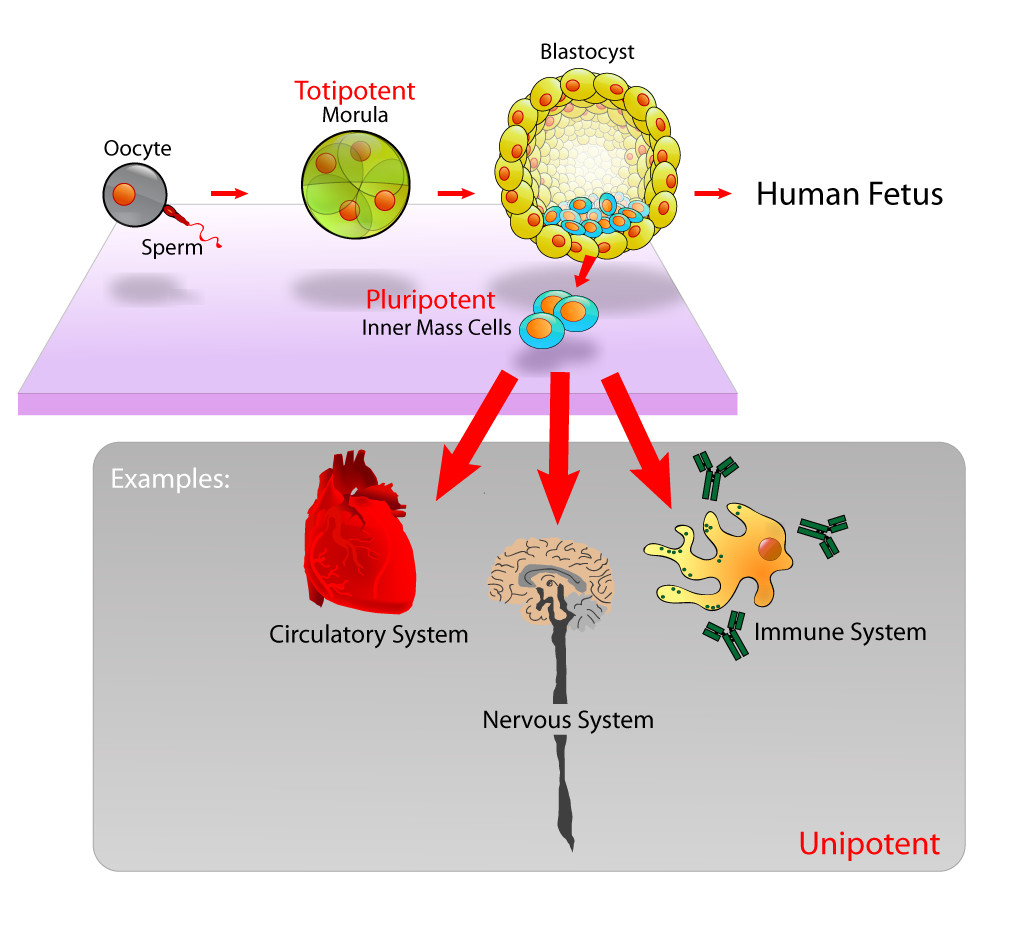Our DNA is a huge construct, consisting of around 3 billion base pairs. DNA is of course the origin, the blueprints of all protein synthesis in the cell. Yet every species (including us) has many sections of their genome that doesn’t code for anything. In fact for humans, over 98% of our DNA falls under the non-encoding category.
Only recently have we determined that some of this code is actually remnants of ancient viruses that may have affected our ancestors. Called Human Endogenous Retroviruses, they are present within each of our genomes, and are passed on vertically, from parents to offspring. In fact, between 1-8% of the human genome consists of these human endogenous retroviruses. Over 20 families of HERV have been discovered so far, each with different effects and purposes inside our genome. So the question is, where did these come from and what purpose do they serve in the modern human?
To find the origins of these retroviruses, we must first discuss what a retrovirus is. A retrovirus is different than most viruses as it is composed of RNA instead of DNA. While a DNA based virus replicates itself using its DNA, a retrovirus has to replicate itself by using the process of reverse transcription. This process involves converting RNA into DNA (the opposite of what normally happens in the cell) and splicing it into the cell’s genome. The cell will then transcribe these parts of the genome to create the virus’s machinery, replicating it. This means that a cell infected with a retrovirus has a change in its genome. One major property of retroviruses is that they are very small (approximately 9-10 kbp), much smaller than normal viruses (which are normally around 20-40 kbp), and they use frame shifts to transcribe different proteins based on where transcription starts.
Differences between viruses and retroviruses. Viruses inject DNA into a cell to be directly transcribed, whereas retroviruses insert RNA into the host cell, which uses a reverse transcriptase enzyme to create DNA which is spliced into the host cell’s DNA. Source
The origins of these viral elements remain a mystery. One study determined that a certain family of HERV first appeared in primates over 40 million years ago, before the split between old and new world monkeys. It may be safe to assume that these retroviruses didn’t affect humans as we know them but their primate ancestors. However more research needs to be done on more HERV families before any conclusions can be made.
The roles of most human endogenous retroviruses in modern day humans is not entirely certain. We do know that many of these ancient viruses present in our genome have undergone mutations, and thankfully no longer produce any viral particles! However one class of HERV has been shown to express viral particles. In fact, this class of HERV was specifically found to express certain proteins that are found in special tumours and other cancers.
Interestingly enough though, most of these ancient retroviruses in our genomes play an important role in our lives. It is known that early human embryos contain many of these transcribed retroviral proteins. It was found that when these viral genes were cut out of an embryo’s genome, and thus stopping any transcription of these viral elements, the embryonic cells couldn’t become pluripotent, or differentiate into other types of cells. Therefore these retroviral genes are necessary for human development! So this means humans must have adapted to this HERV and even made it useful for it inside of the genome.
Pluripotent cells are cells that can differentiate into many other types of cells. Source
Not only are HERVs necessary for development in terms of differential capabilities of cells, but they have also been found to help embryo’s fight off other viruses. They did this by overexpressing a protein made by the specific HERV and watched as it induced the cell’s viral restriction pathway. Ancient retroviruses are helping us fight off viruses? How cool is that!?
Another study found a newly discovered family within HERV that is necessary for placenta formation in humans. Specifically, they determined that glycoproteins which are produced from this class of HERV were found in placenta cells. Yet another study showed that HERV is important in regulating multiple sclerosis lesions in the brain. Importantly, the main point is that most of these endogenous retroviruses present in humans play a crucial role in humans across multiple organ systems.
So while these retroviruses may have been a real threat to our ancestors, after many millions of years we have incorporated them and adapted to them inside of our genome. Not only do we tolerate their presence, but they are required for our very development!




Recent Comments